True Potato Seeds (TPS), Chiar Choque Pitu (Solanum curtilobum), 100 seeds
$8.50
In stock
| True potato seed information and growing instructions |
| Solanum curtilobum information and growing instructions |
| These seeds are likely to produce some varieties with unsafe levels of potato glycoalkaloids |
Chiar Choque Pitu is a variety of Solanum curtilobum, a frost resistant pentaploid potato species grown at the upper limits of cultivation in Bolivia and Peru. In my trial of the available accessions of this species, this variety did the best, producing the largest yields and surviving heavier frosts than any other domesticated potato. The Aymara name (which is also sometimes transliterated as chchiar chchoqhe pitu) translates to something like “dark flour potato,” which refers to it’s blue skin and its traditional use, freeze dried and ground into flour.
I previously offered this variety under the name Blue Bolivian, but two varieties originally supplied by the US Potato Introduction station later proved to have identical genetic fingerprints (which is more likely the result of my error than theirs), so I have reverted to the longer standing name.
Culinary Traits
Chiar Choque Pitu is an all purpose potato, with medium density flesh and thick, chewy skin. It has the mild bitterness that most people describe as a strong “potatoey” flavor. In the Andes, this species is most often used in a preserved, freeze-dried form, but this variety is good for fresh eating.
Agronomic Traits
Chiar Choque Pitu plants are large and vigorous. The tubers are formed in the short days of fall, so this variety is best harvested no earlier than November. At that point, yields are typically in the range of two to three pounds. Plants survive light frosts and overnight temperatures into the upper 20s. Tubers have very long dormancy, The plants flower heavily and set plenty of berries but the seed count in those berries is generally low.
Fertility: MF4, FF9
True Seed (TPS)
TPS from this variety is open pollinated. The plants were grown in a block with other accessions of S. curtilobum and with selections made from earlier generations of S. curtilobum seed. These plants were also grown in fairly close proximity to Andean tetraploid potatoes, so the results should be fairly diverse.
Germination
2025: Low (<30/100g), late (18-30 days)
2024: Moderate (30-50/100g), late (18-30 days)
2023: Low (<30/100g), late (18-30 days)
Only logged in customers who have purchased this product may leave a review.

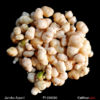
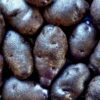
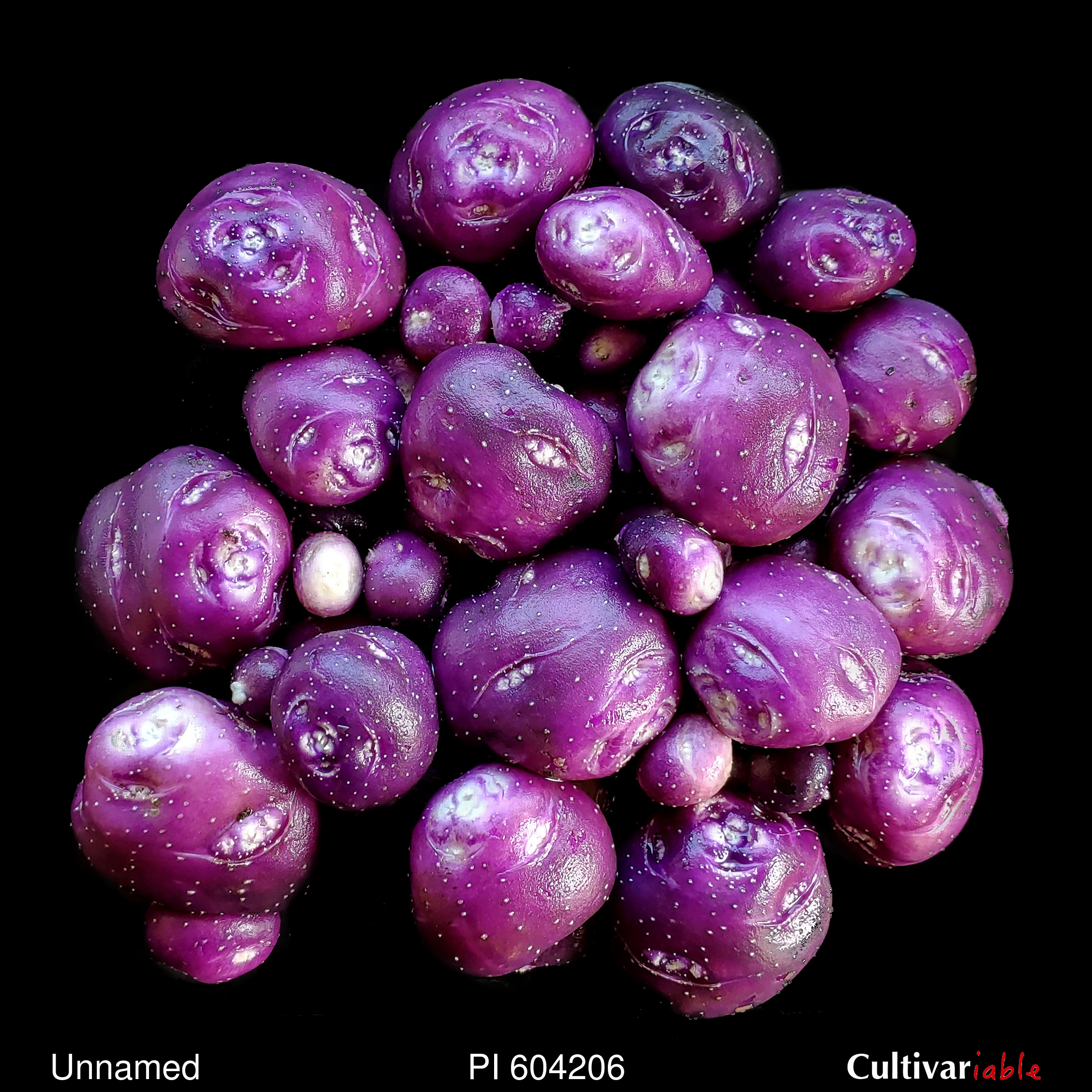
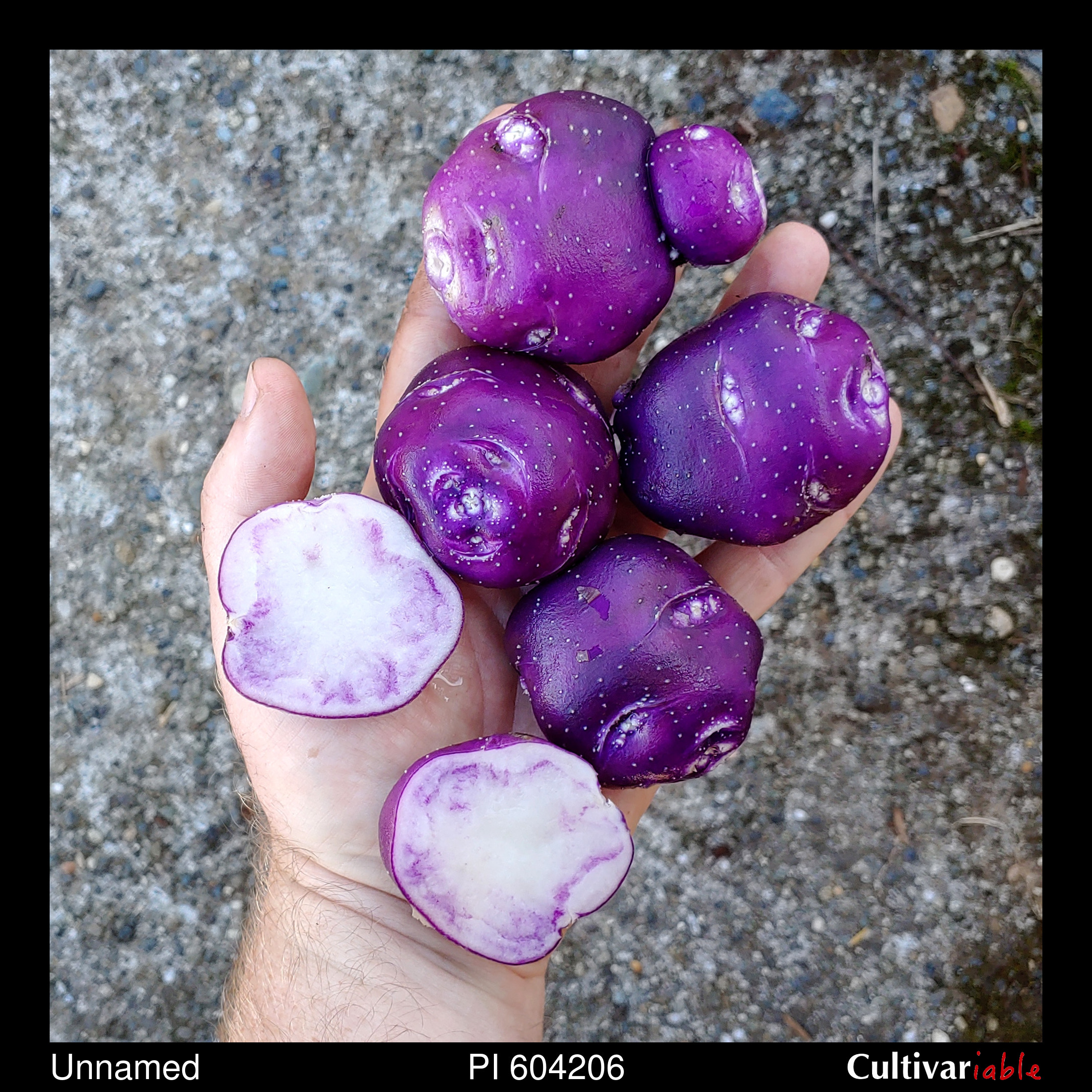
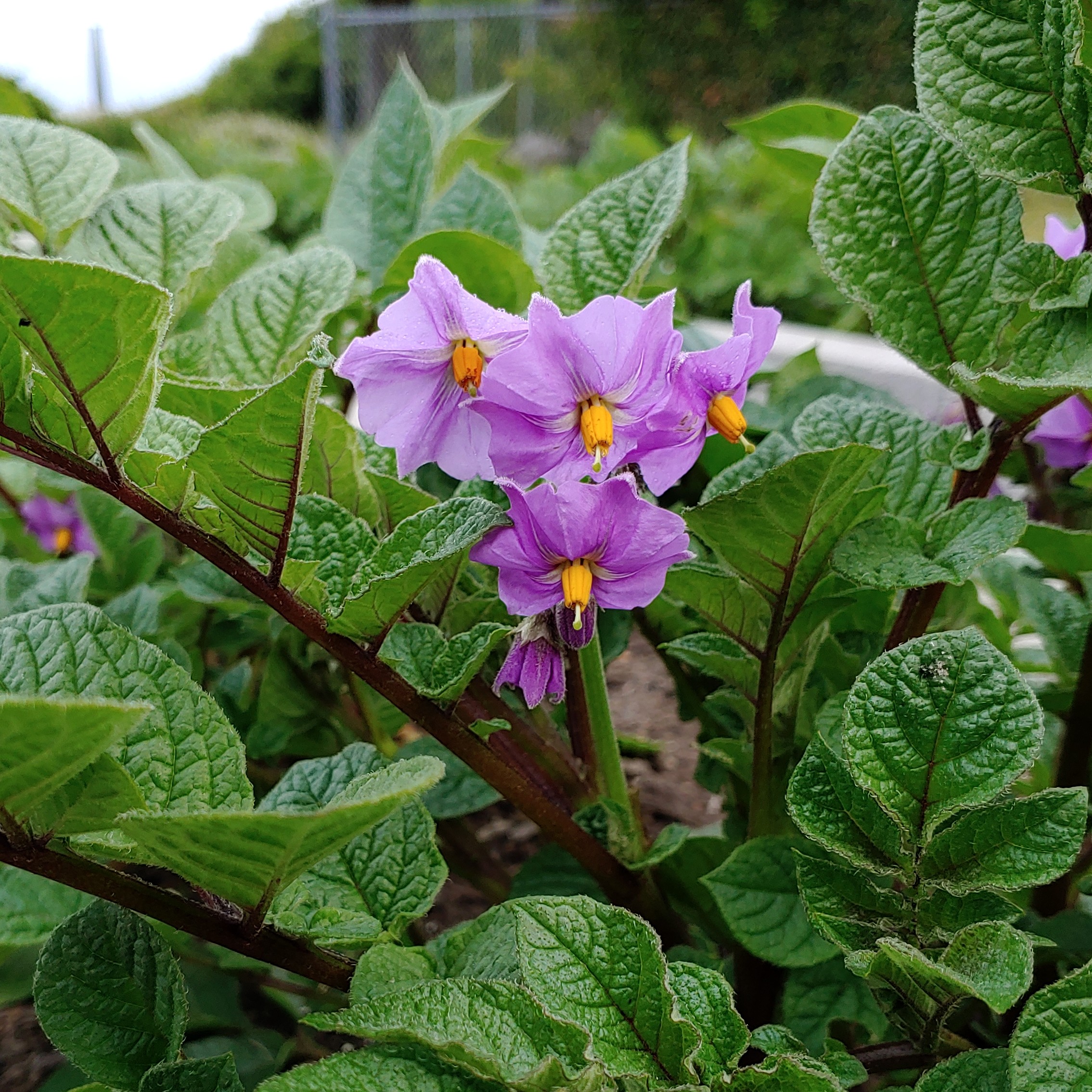
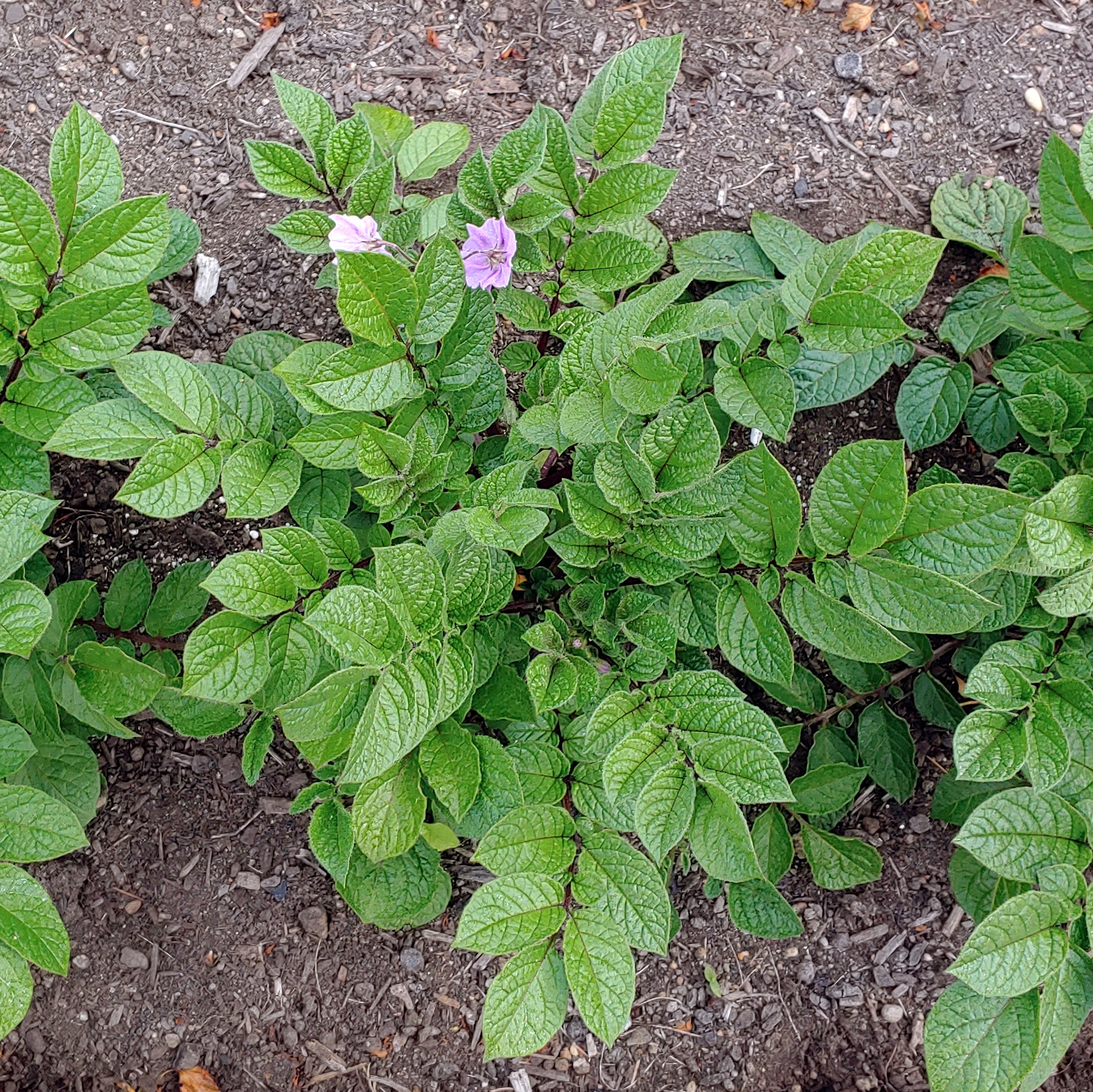
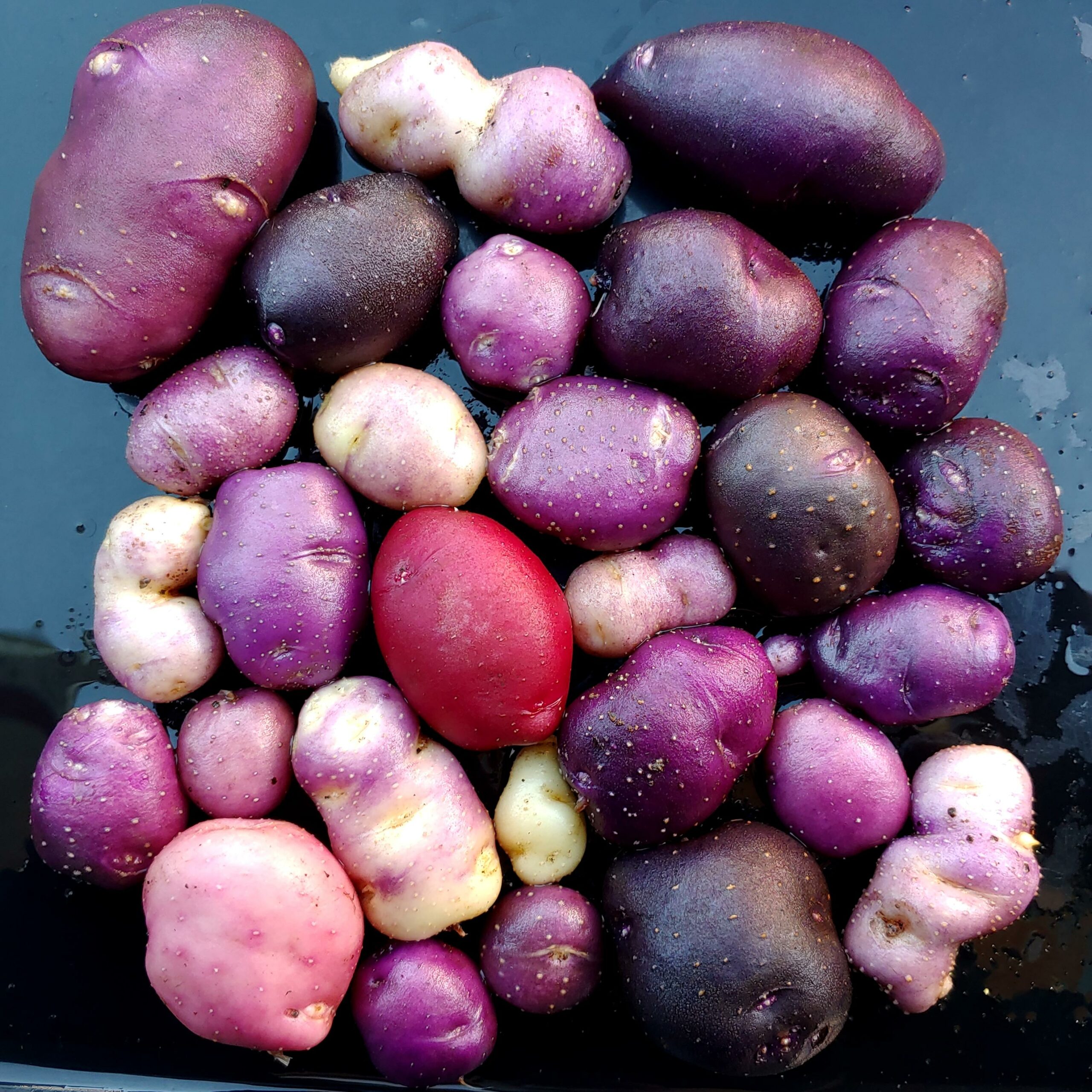
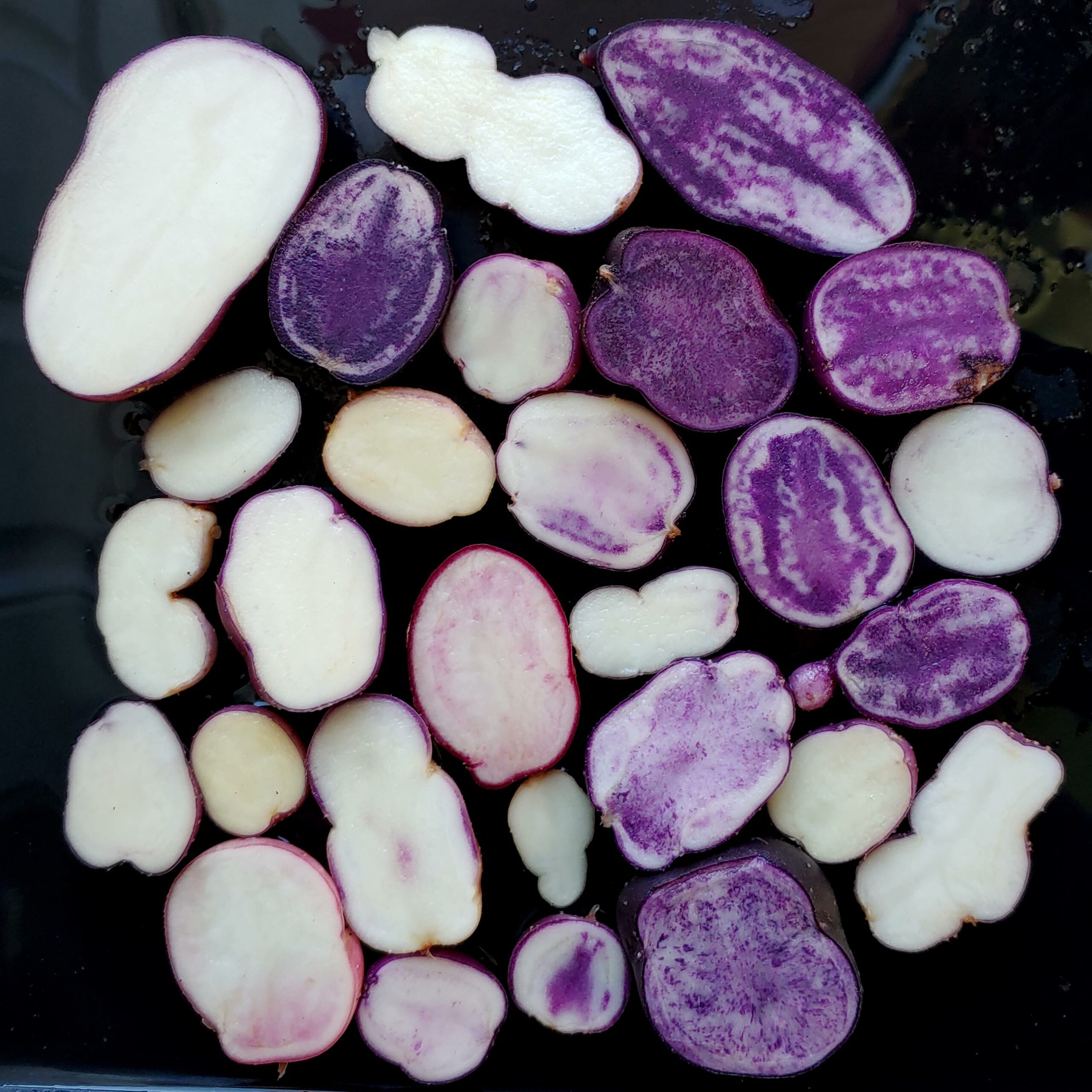
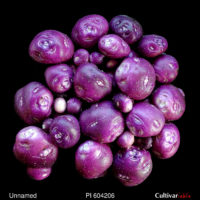
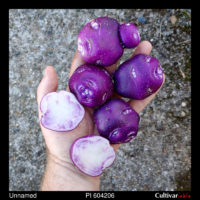
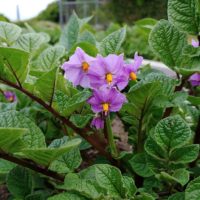
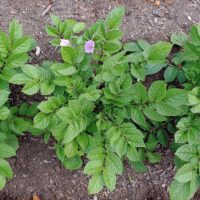
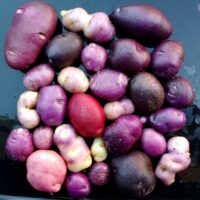
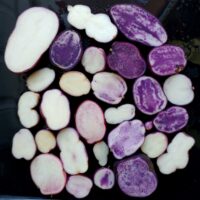
Reviews
There are no reviews yet.